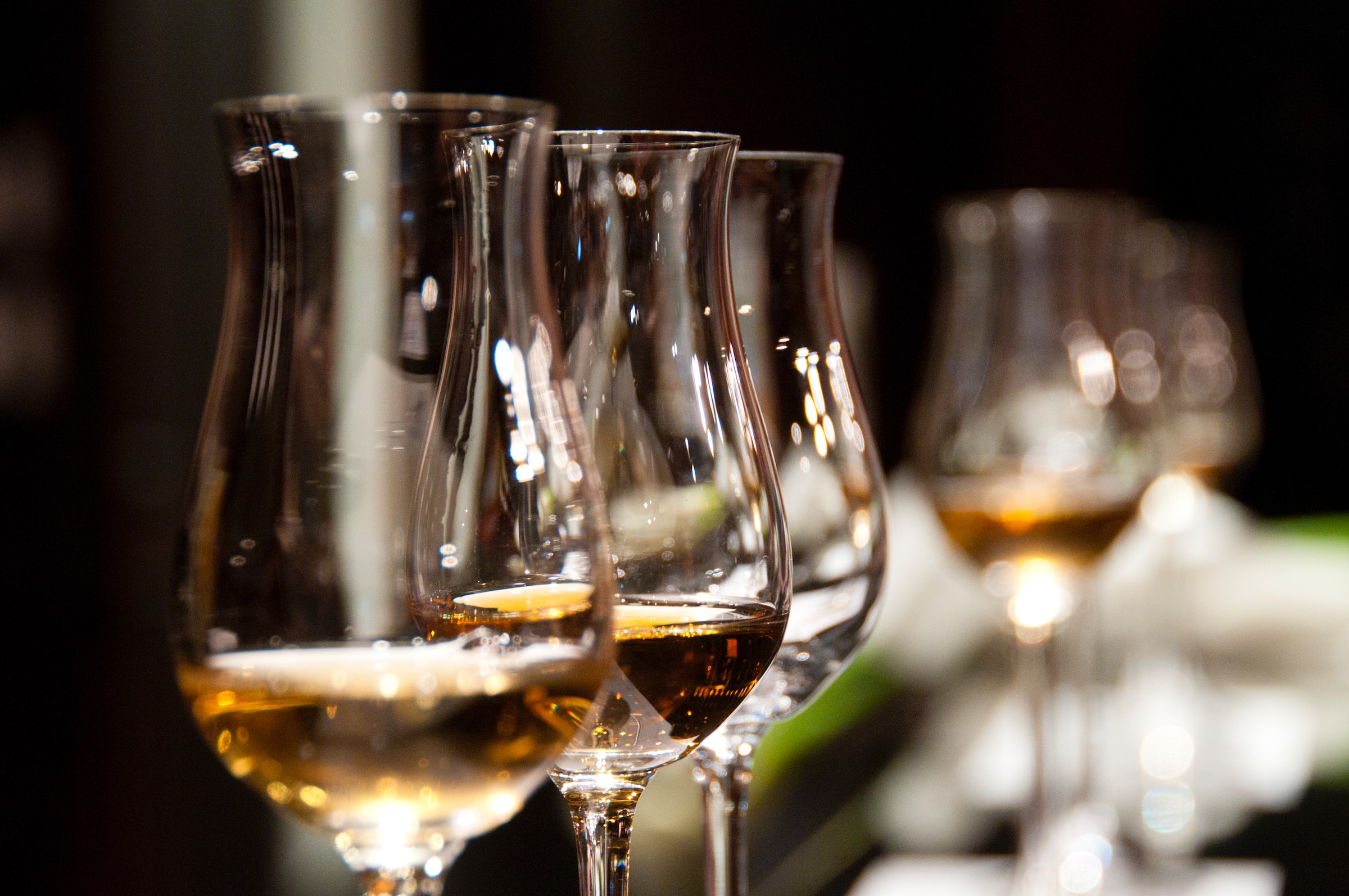If ever there was a perfect sipping wine, Pinot Grigio would have to be it. Bright and crisp, fresh and lively, refreshing and clean, Pinot Grigio is arguably one of the most dangerously easy wines to drink. Also known also as Pinot Gris, depending on where you are in the world, this wine is citrusy and pleasantly acidic with a short finish that won’t overpower a dish.
Pinot Grigio’s diversity is wonderfully wide. It can become something truly artistic and beautiful or, simply, a blissfully cheerful and pleasant picnic wine. So, if you’re looking for a great bottle to pack along on a day trip with a blanket and a wicker basket full of charcuterie, Pinot Grigio is your best bet.
Are Pinot Grigio and Pinot Gris the same wine?

Yes and no. While both Pinot Grigio and Pinot Gris wines come from the same grape varietal (Pinot Gris), the wines they produce are named according to their country of cultivation. In Italy, the wine is called Pinot Grigio, while in France, it is Pinot Gris.
The name is not the only difference, however, when it comes to these two wines. While made from the same grape, environment has an immense impact on a wine’s development. Pinot Grigio is often harvested earlier than Pinot Gris, resulting in a crisper, lighter, fresher wine. Pinot Gris is often made with grapes that have had time to fully ripen, resulting an a slightly jammier flavor and richer texture.
American Pinot Grigio has a flavor profile all its own, with less acidity than French or Italian versions and a more fruit-forward profile.
What are the primary flavors of Pinot Grigio?

Pinot Grigio tends to spotlight citrus fruits like lemon, lime, and grapefruit. Bright, fresh, green flavors like green apple and pear are common. Pinot Grigio is also often accented with floral notes of orange blossom and honeysuckle, giving a zesty yet soft aroma to this wine.
What is the taste profile of Pinot Grigio?

Pinot Grigio is considered to be a light-bodied, easily sippable wine. Its color is most often a very pale, brighter yellow in contrast to the deeper, more golden hues of richer white wines like chardonnay. The high acidity of Pinot Grigio makes this wine crisp, clean, and vibrant. Of course, as is the case with all wines, Pinot Grigio’s characteristics vary immensely according to the climate in which it’s produced. When grown in warmer regions like Australia, Pinot Grigio can also take on notes of warmer, juicer fruits like peaches and nectarines.
Where does Pinot Grigio grow?
Pinot Grigio is grown successfully in many places throughout the world, but perhaps most famously in Northern Italy. The region’s hilly landscape protects the grapes from cold winter weather and makes for the perfect Pinot Grigio climate. Alsace, France, is also wonderful for this popular wine (which goes by Pinot Gris in this country), as its rich soil and warmer weather encourage faster ripening in the grapes. Of course, California wine country‘s similarly warm climate is also perfect for Pinot Grigio. The grape enjoys immense success there as well as in places like Washington state and Upstate New York.
How to serve Pinot Grigio

As with most white wines, Pinot Grigio is its best self when served chilled, ideally between 48 and 53 degrees. Generally, lighter, crisper wines are best at cooler temperatures, while more full-bodied white wines can tolerate a bit more warmth. As Pinot Grigio falls on the lighter side of the scale, it’s best to serve this bright, citrusy wine at a cooler temperature in a standard white wine or universal wine glass.
Best food pairings for Pinot Grigio

The light and crisp notes of Pinot Grigio pair exceptionally well with seafood. Mussels, clams, crab, salmon, and trout are all absolutely delicious pairing options. Lighter pasta dishes, as well as soft cheeses like burrata, brie, or fresh mozzarella, are also exquisite with Pinot Grigio, so this makes for an excellent wine to sip with hors d’oeuvres.
Is Pinot Grigio sweet or dry?
It’s a common mistake in the world of wine for someone to misinterpret a fruity flavor for a sweet one. While, yes, fruit is generally sweet in taste, a wine is not necessarily considered to be sweet merely because it is fruit-forward. Sweetness in wine refers to the amount of residual sugar left in the wine after processing as Pinot Grigio doesn’t often contain much – if any – residual sugar, it is considered to be a dry white wine, not sweet, even though it may contain fruity notes.
Editors' Recommendations
- How to open a beer bottle without an opener – you have lots of options
- What is orange wine? This trendy wine has a long history
- This is how one man turned Mountain Dew into wine
- Here’s our perfect Pisco Sour recipe
- How to open a wine bottle without a corkscrew






